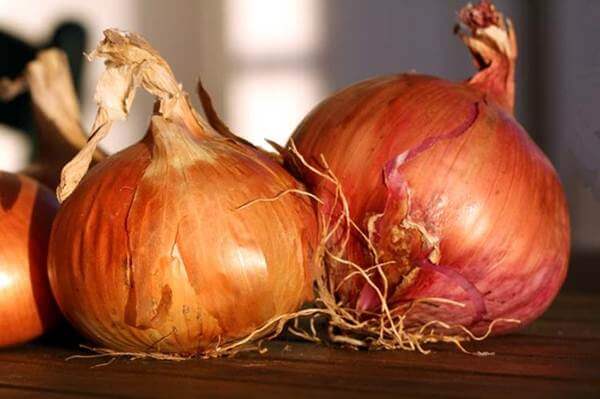[em]Every month, several thousand women worldwide suffer from dysmenorrhea, or period pain. Each one will live it in its own way, with more or less pain and more or less emotions. Indeed, each woman is different and unique. Also, each one will then be able to respond to totally distinct and random symptoms over the months, years and therefore different periods of her life[/em].
Cramps, headaches, skin rashes and mood disorders are the most common symptoms that every woman may or may not experience throughout her life.
Taking anti-inflammatories or painkillers is the solution for some, while others will want to analyze their cycle to understand and succeed in adapting their discomfort to daily life. The woman's cycle being so particular, listening to her emotions and her pains to evolve towards a well-being is sometimes the most adapted solution.

Nevertheless, this process sometimes takes time and allowing yourself to ask nature for a helping hand can be interesting. Traditional Western herbal medicine certainly offers interesting solutions, but if we turn to TCM (traditional Chinese medicine), we discover a range of tools to relieve and help women relieve their menstrual pain.
If we refer to the different notions of TCM, we will understand that dysmenorrhea is a stagnation of the energy of the liver meridian. Indeed, the latter being blocked, it does not allow a normal circulation anymore and causes this stagnation of the energy which causes pains in the lower abdomen.
This is obviously a brief introduction to the subject because, as you know, TCM is a very complex medicine that can be explained in much more than 4 lines....
title]What does traditional Chinese medicine propose then?[/title]
Herbal medicine
Mugwort is a typical TCM plant - Artemisia vulgaris - that has a special history and symbolism. Indeed, its first uses go back to the antiquity and it did not cease having a saving role on the women in particular. Indeed, its bitter taste typical of Chinese dietetics invigorates the energy in the liver meridian and allows a release of stagnations.
Ideally, it should be taken as an infusion at a rate of one mug per day, more or less, depending on the needs of each person, generally as a treatment 10 to 15 days before the period.
Mugwort is also available in capsule form and in aromatherapy. Its use should always be studied by a TCM practitioner in order to indicate the most appropriate dosage for your situation.
The Diet

Traditional Chinese medicine also places great emphasis on the contents of the plate and its therapeutic properties. Indeed, by choosing "healing" foods, one can easily relieve a person without the intervention of any medical help. In this case, we will opt for foods with a spicy flavor that will also allow for optimal circulation in the meridians.
The most suitable foods in Chinese dietetics would be for example: radish, leeks, fennel, oregano, black pepper, coriander, nutmeg but also onions. The list is of course more complex.
Other therapies
Finally, if you consult a TCM therapist, he or she can also work manually on your meridians with, for example, acupuncture or reflexology on the plantar, palmar or auricular side.
As we have seen, energy stagnation is due to a blockage on the liver meridian. Also, by applying his needles on very precise points, the practitioner will be able to unblock this stagnation.
Cupping therapy or moxibustion can be an indispensable ally in relieving women's ailments.



